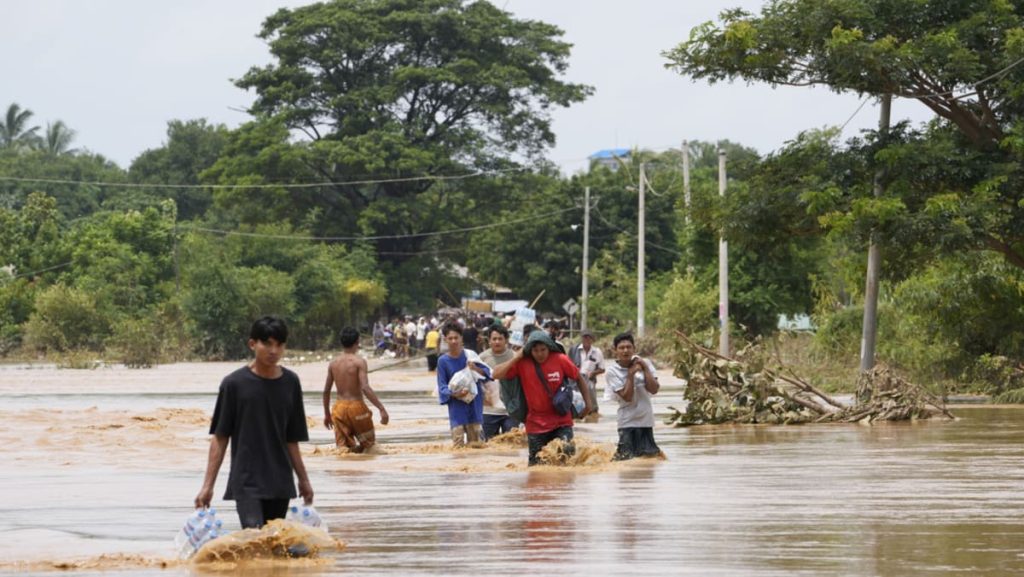The death toll from massive flooding in Myanmar caused by Typhoon Yagi has risen to 226, with 77 people still missing. The powerful storm also devastated northern Vietnam, Laos, Thailand, and triggered landslides and floods that resulted in over 500 deaths. The floods destroyed nearly 260,000 hectares of rice paddies and crops. The United Nations estimates that as many as 631,000 people have been affected by the flooding in Myanmar, which has caused a urgent need for food, water, shelter, and clothing.
The poor communication and damaged infrastructure have hampered relief efforts in the country, with information about casualties being slow to reach the public. More than 150,000 homes have been flooded, prompting the junta to open over 400 relief camps to assist those affected. The World Food Programme has stated that the floods in Myanmar are the worst in recent history, although exact details were not provided. The flooding in Myanmar has been a frequent occurrence in recent years, with severe flooding reported in 2011 and 2015, as well as the devastating impact of Cyclone Nargis in 2008.
The junta has issued a rare appeal for foreign aid, with India being the only country to respond so far by sending 10 tonnes of relief materials. The UNOCHA has emphasized the urgent need for more resources to effectively assist those affected by the floods in Myanmar. Myanmar’s military has a history of blocking or limiting international humanitarian aid efforts, raising concerns about the accessibility of aid to those impacted by the disaster. Prior to the recent floods, Myanmar had been struggling with the effects of a three-year conflict between the junta and armed groups, displacing millions of people from their homes.
The floods caused by Typhoon Yagi in Myanmar have had devastating effects on the country, leading to numerous deaths and destruction of crops and property. The United Nations has warned of the urgent need for assistance for the hundreds of thousands of people affected by the flooding. The damaged infrastructure and poor communication in Myanmar have made relief efforts challenging, with information about casualties being slow to emerge. The international response to the junta’s appeal for aid has been limited so far, highlighting the ongoing challenges in providing support to those impacted by the disaster.















